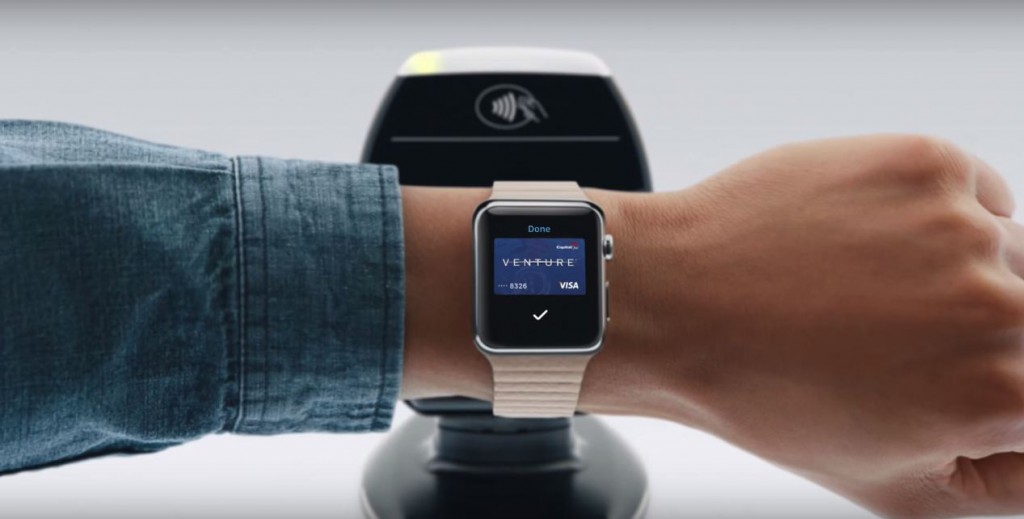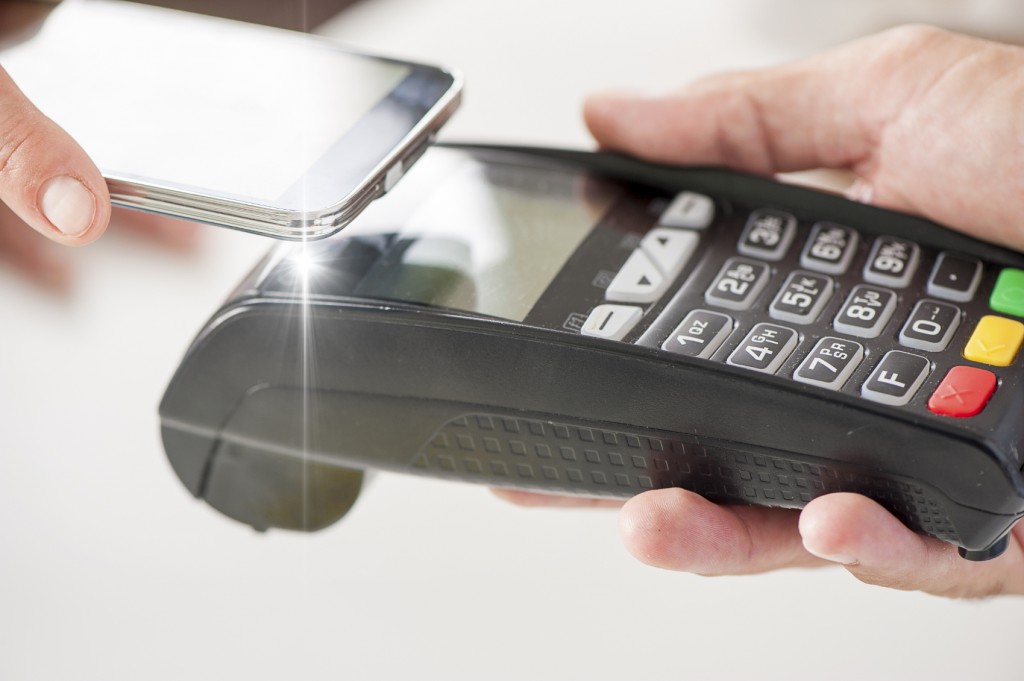Dennis Jones, chief executive of Judo Payments, assesses the evolution of mobile payments in different parts of the world.
Cash will soon be a thing of the past. How we pay for everyday items will depend on which smartphone we carry, where in the world we live and which brands we engage with.
For global marketers, the prospect of a cashless society requires renewed focus on mobile payments along with better integration of mobile into the overall retail experience. With Apple Pay leading the way in the US with 12 million monthly users and Android Pay expected to enter the UK market imminently, brands worldwide need to assess the current mobile landscape of each individual country and decide how best to maximise the opportunities that will arise from the mobile payments revolution.
So what is the current state of ‘pay’ around the world – and how are consumers evolving their behaviour on mobile?
North America
In the US, use of mobile apps to pay for goods and services is set to explode. Consumers in the US are being forced to change their behaviour, given the much delayed roll-out of ‘Chip and PIN’ technology. This technology has been implemented in most of the world for many years and is new to US consumers. Yet they don’t like the change, and neither do businesses. So, with apps making it easier to pay at your table in restaurants, order your coffee ahead, or take a taxi, we will see a leap frog past Chip & PIN and towards apps.
With the dominance of Apple Pay in the US and both Samsung Pay and Android Pay playing catch-up, consumer trials and adoption is already giving way to increased usage. For US-based brands, this means higher expectations for a good mobile retail experience to accompany the ability to pay via mobile.
“If brands can evolve their retail environments accordingly, and introduce in-app innovation, they’ll see the success associated with a more integrated mobile experience”
If brands get it right, according to Statista, this will help to drive an evolution which is projected to see mobile payments more than double in volume in the next five years. Statista already believes that the typical US user of mobile paying methods is not the millennial generation as one may assume. They’re between 30 and 44 years old, college-educated and earn above-average yearly salaries.
So how can brands get it right? Well, according to a survey of 1,279 mobile users conducted by US consultant First Annapolis, the most important features of the mobile experience are: convenient checkout (cited by 67% as a ‘must have’); receipt management and tracking options (cited by 55%); bill payment (cited by 53%); and control over funding source (cited by 47%).
If brands can evolve their retail environments accordingly, (take Apple for example), and introduce in-app innovation, they’ll see the success associated with a more integrated mobile experience.
Asia
If Asian brands aren’t yet focused on mobile payments and the mobile retail experience, they’re already being left behind. Countries such as China, South Korea and Japan are leading the way in the card-less revolution, alongside major players such as Alipay, MobileOnMoney and messaging app WeChat’s service WeChat Pay.
According to the Chinese central bank, the number of mobile payments via smartphones was, in the second quarter of 2015, more than five times that of the same period in the previous year. While eMarketer says that purchases made via a mobile device accounted for a record $334tr across Asia during 2015 and made-up over half of all online shopping.
M-commerce is an established force in developed Asia and its impacting massively on retail’s mobile integration. Messaging app payments in particular are enabling consumers in Asia to instantly pay for things through an immediate, convenient chat interface. Brand marketers worldwide should also look at how Samsung has paved the way for better mobile-first in-store experiences and how retailers have responded.
UK & Europe
Huge investment in Chip and PIN technology has seen a reluctance on the UK high-street to keep up with consumer mobile behaviour and demand. However, the statistics don’t lie. With almost half of all online payments made via mobile in the second quarter of last year, UK brands know that it’s time to adapt or die.
If the current trend persists, the UK will surpass the 50% mark for mobile transactions in a matter of months, especially with the imminent launch of Android Pay.
In other parts of Europe, entrenched cultures of using cash over cards plus tighter regulatory controls has resulted in slower adoption of mobile payment technology so brands may have longer to decide how best to leverage the mobile user experience. However, in places like Estonia, Poland and Latvia, exciting innovations are taking place which could challenge the pace of change over the coming years so marketers need to be aware.
“The speed of change will very much depend on the varying consumer cultures and retail infrastructure in each region”
Take Fortumo, for example, headquartered in Tartu, Estonia. This company enables mobile payments via Carrier Billing which adds payments directly to a user’s mobile phone bill or to top up balances of mobile apps directly, which will help emerging markets keep pace where consumers may not be able to afford the latest iPhone or Samsung.
In fact, marketers should watch European emerging markets more closely than countries like France, Italy and Greece which will take longer to switch from legacy infrastructure and allay fears relating to cultural change and mobile security.
The speed of change will very much depend on the varying consumer cultures and retail infrastructure in each region, but the transition from cash and cards to mobile payments – in-app and in store – is happening the world over so the advice is clear. Be ready.










